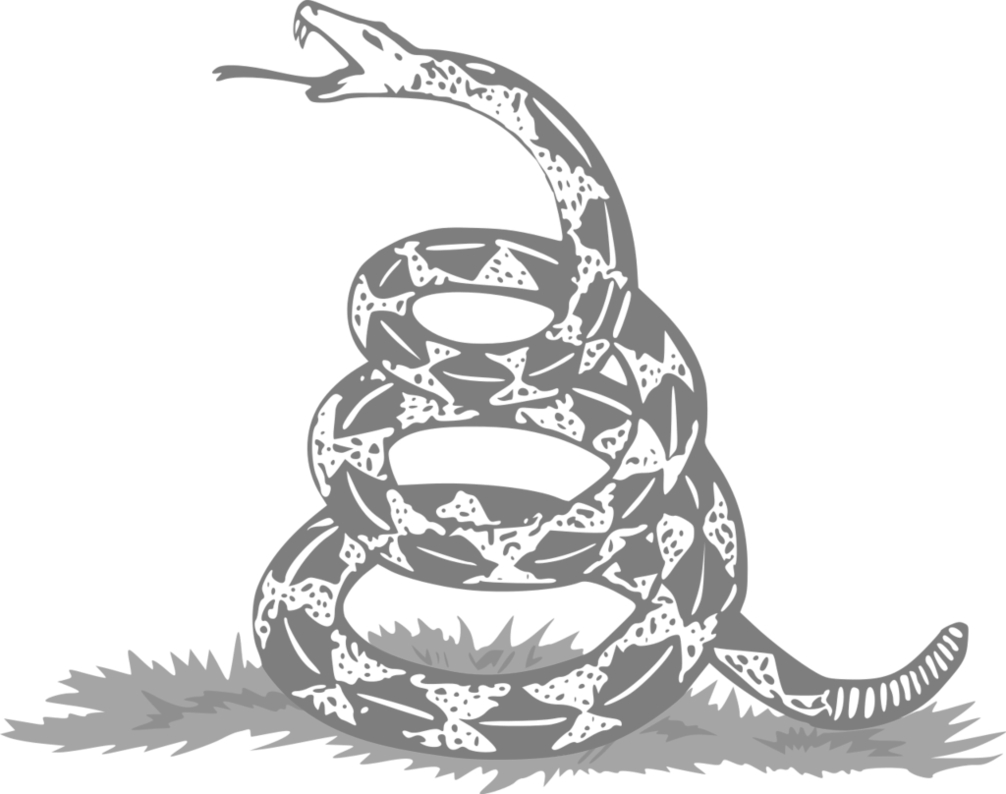Monkey and elephant
The Academy of Motion Picture Arts and Sciences has rolled out a set of standards for inclusivity[1] that films must now meet for the Oscars. The standards are written in the spirit of the best examples of the Soviet bureaucracy, so they are not very clear, and domestic journalists are already retelling it as if now all films should be only about black one-legged lesbians and nothing else. But in fact, everything is not so scary at all.
In fact, there are four standards: A, B, C, D. In order for a film to be considered inclusive, TWO of the four standards must be met. The first three also include a few more sub-clauses. To fulfill standard A, for example, it is enough to fulfill one of its subparagraphs. This is either one important plot character from the "underrepresented" group, or 30% of the cast from two "underrepresented" groups, or the plot narrative itself is dedicated to the same "underrepresented". Standard B has three sub-items (one sub-item is also enough to fulfill the standard): either two of the top team members (director, producer, screenwriter, etc.), or six of the technical staff, or 30% of the team. The third standard requires the implementation of two sub-paragraphs, but they are almost the same - paid internships and training for the "underrepresented". The fourth standard, without subclauses, requires that "underrepresented" be on the marketing and distribution team. "Underrepresented" groups are women, ethnic/racial minorities, people with disabilities, LGBT people, etc.
That is, the system is quite flexible. It is possible, for example, to make a movie exclusively about white heterosexual men, but if you have minorities among the film crew and in the marketing department, then the film will meet the criteria for inclusion. Or, conversely, your team may consist entirely of white heterosexual men, but recruit 30% of black or Asian women as extras, take one single disabled person to train - you can again qualify for an Oscar.
In fact, it's much harder to find a film in the US today that does NOT meet these standards. Well, a movie about straight white men that would be made by straight white men and sold exclusively by white straight men. I don't think you'll find films like this in the 90s or even the 80s. We'll have to climb somewhere in the 50s. And to make such a film today, apparently, you need to be a very rich racist misogynist, ready to pay extra millions purely for not seeing people with dark faces and female gender on the set.
Therefore, the real question is: what for to fix with bureaucratic directives what already exists in reality? The fact is that society is an elephant that goes its own way, and left-wing political activists are a monkey that sits on an elephant and waves its arms. When the wave of the hand happens to coincide with the direction of the elephant, the monkey begins to think that it is he who shows the elephant the way to "progress". Society is becoming more inclusive through economic development. Market mechanisms - that's what gave new opportunities to all those people who were "underrepresented" before. The COMMERCIAL cinema industry is just a clear indicator here. It has become more inclusive simply due to the natural expansion of the solvent audience segment.
But then activists come in, fix the already existing order of things with the help of quotas and other bureaucracy. What for? Well, how else can you beat yourself in the chest with your heel, taking credit for what was created by natural social evolution? Then they will still tell that before the circulars of 2020 there were no women, no gays, no blacks in the cinema. They issued a circular - and immediately appeared.
Mihail Pojarsky 2020-09-09
- ↑ ACADEMY ESTABLISHES REPRESENTATION AND INCLUSION STANDARDS FOR OSCARS® ELIGIBILITY oscars, Tuesday, September 8, 2020 - 21:00
